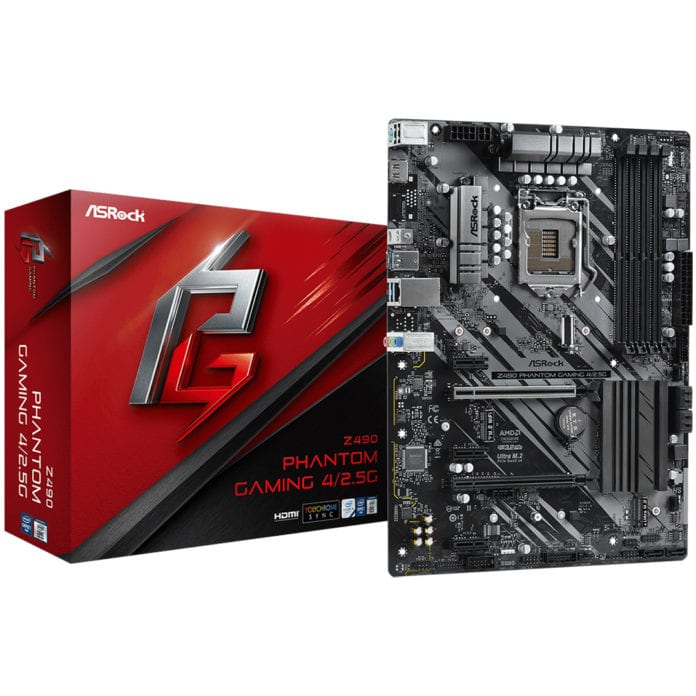A number of OEMs have released their take on the ‘high-end’ motherboards to take advantage of the bevy of Intel’s 10th gen chips. But it’s not all good news though, lets find out why.
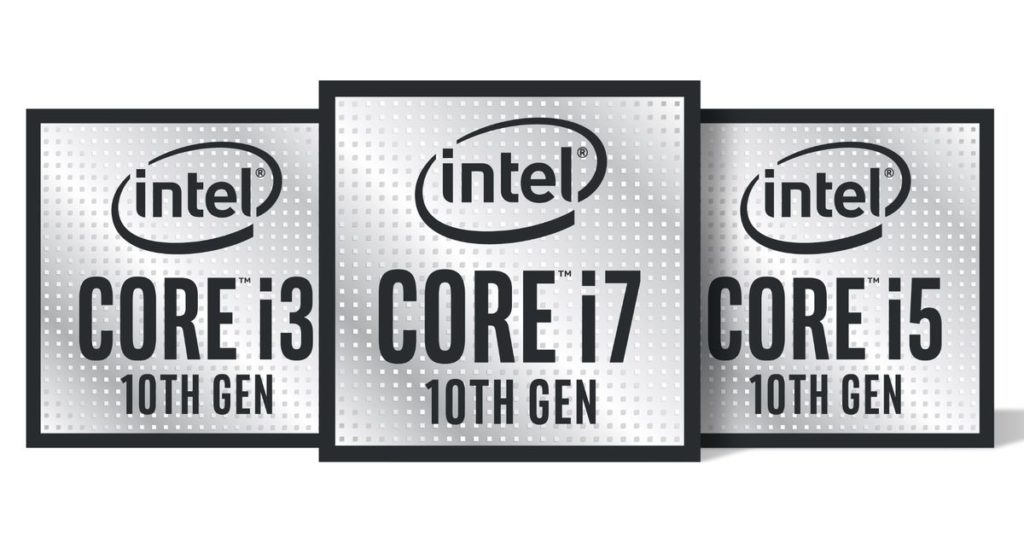
The ‘Z’ series of motherboards have been regarded as ‘enthusiast-grade’ for its memory and CPU overclocking abilities. Power delivery and VRM cooling are paramount for these boards to achieve those tasks. With Intel sticking to 14nm and still upping the clocks makes those features critical. But some OEMs haven’t seemed to get the memo.
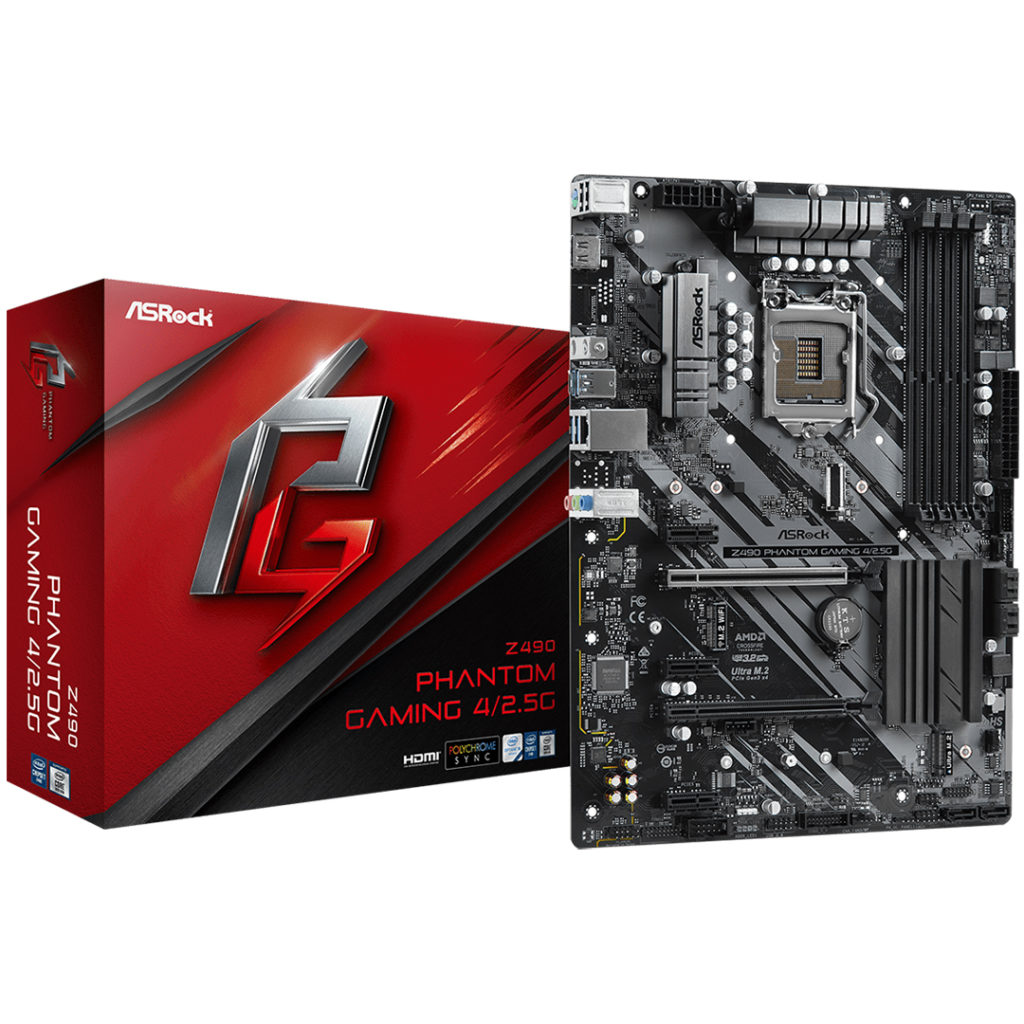
We have some of the regular players who deliver these boards include Asus, AsRock, MSI, and Gigabyte. ASRock has been an underdog in this space though but has delivered some great motherboards in the past. Which makes it all the more puzzling as to why they botched their Z490 board.
Hardware Unboxed first picked this up when trying to do a comparison of ‘budget’ Z490 motherboards. Below we have the VRM configuration of the cheapest Z490 motherboard by AsRock priced at $150.
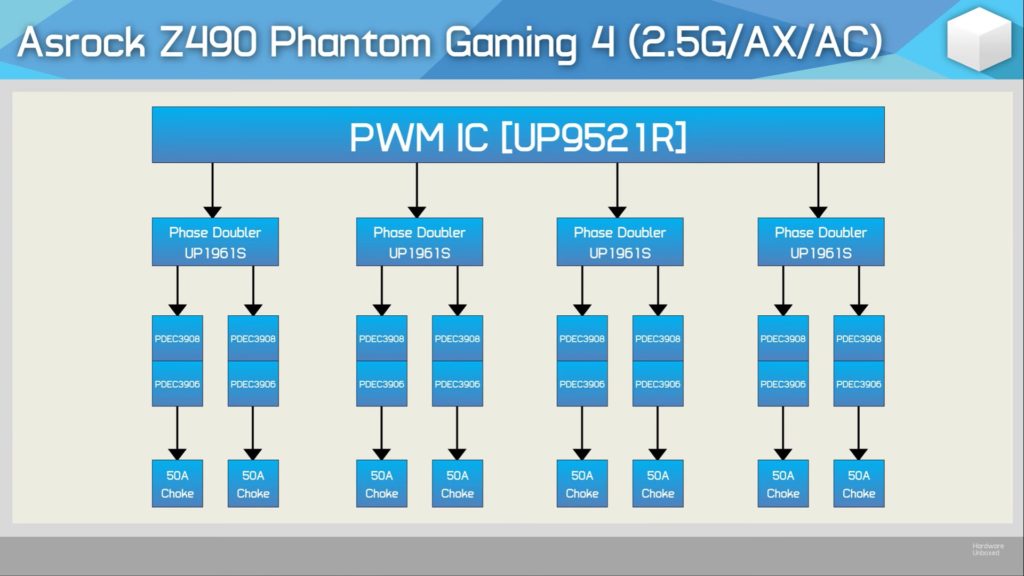
As you can see they use Phase doublers to achieve 8 phase of power delivery which isn’t ideal but it is functional. Further, the MOSFETs used for the lower and higher level (PDEC3906 and PDEC3908) are both lower quality and can generate up to 2x the heat for the same power compared to the MOSFET used by other boards.
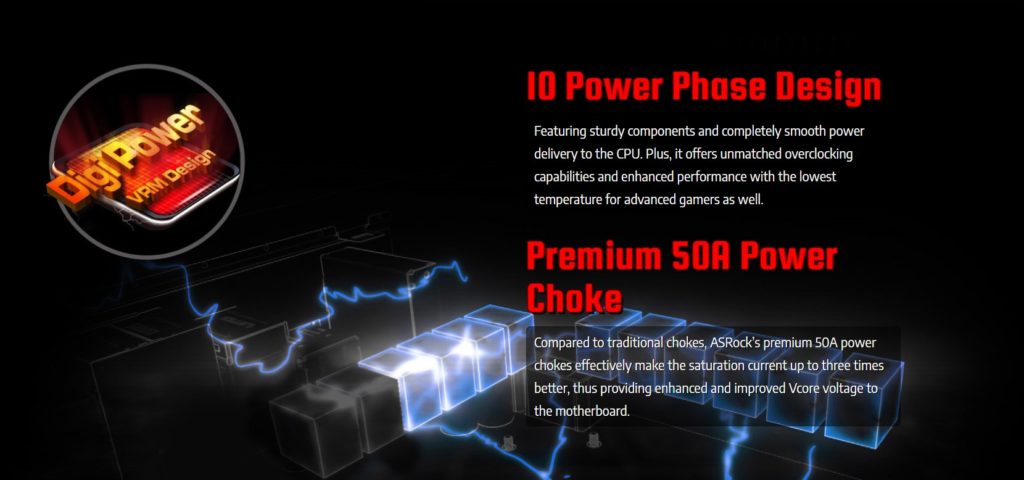
ASRock Z490 Phantom Gaming’s Sub-par Specs
ASRock mentions in their website that the 50A choke used in their motherboard helps provide ‘enhanced’ and ‘improved Vcore Voltage’. While this may be true the other components such as the VRM cooling made with aluminum mountings weigh a mere 74 grams. And isn’t finned but grooved to increase the surface area. But that does a very poor job at cooling as the aluminum provided is not nearly enough.
This results in an inferior performance compared to similarly priced offerings from other OEMs. While it is ludicrous to expect a $150 motherboard to run the i9-10900K unleashed, it should at least be able to run it at its base clocks. Which it does but not without VRM thermal throttling and at toasty temps.
The Benchmarks
The various motherboards around the $150 price point were benched with both the stock settings and power limits removed. As we can see below with the stock settings the ASRock board can barely manage to hit base clocks. The more expensive($170) ASRock Z490 Pro4 runs at a higher temperature because it is not thermal throttling.
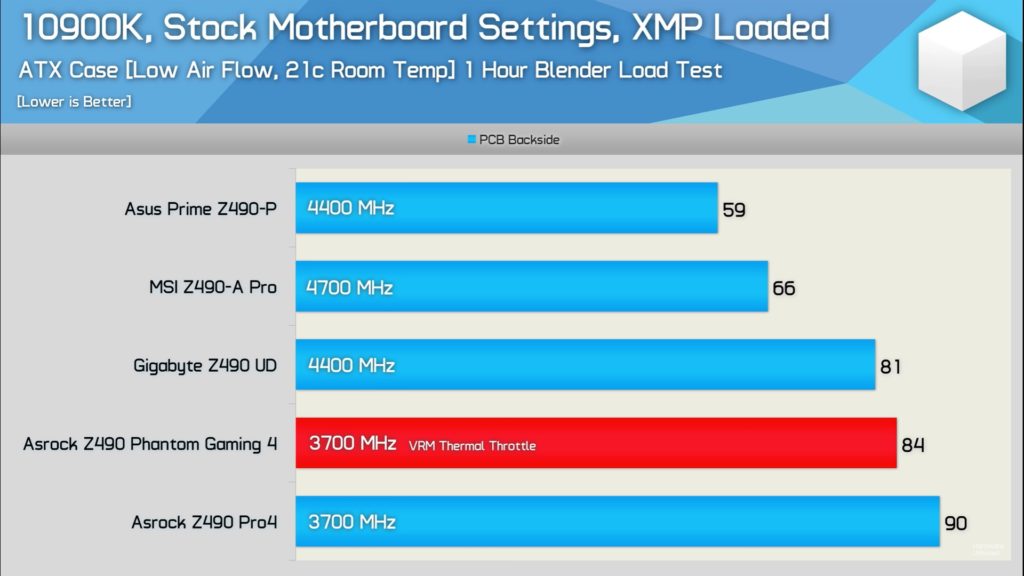
When the power limits are removed and the XMP profile is loaded it gets worse. Now all the boards are free to run at 4.9GHz on all 10 cores but both the ASRock boards crashed.
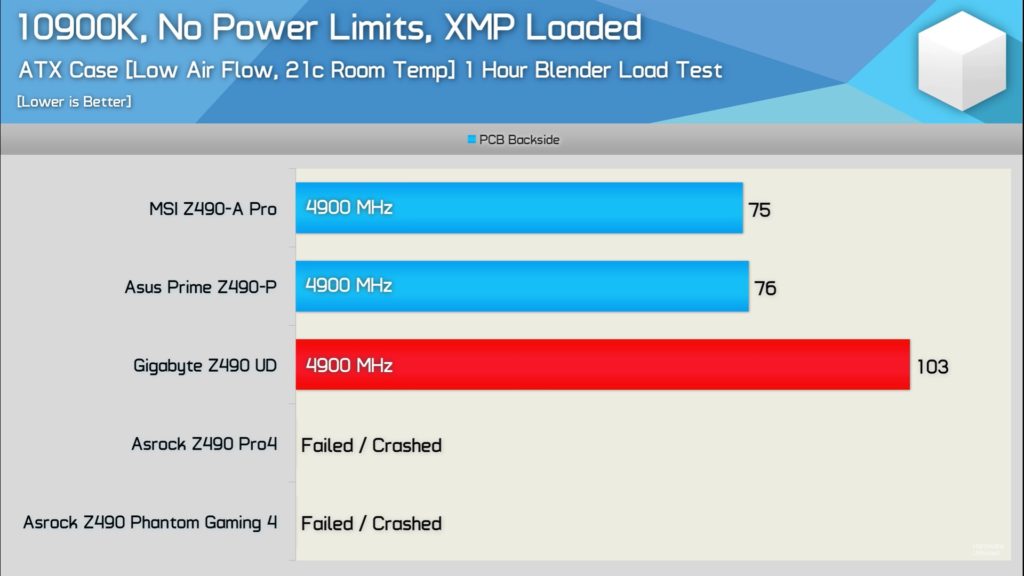
Now coming to over-clocking, but we all know what to expect given what we have seen till now.It is important to note that the ASRock board couldn’t load windows even at 1.375V.
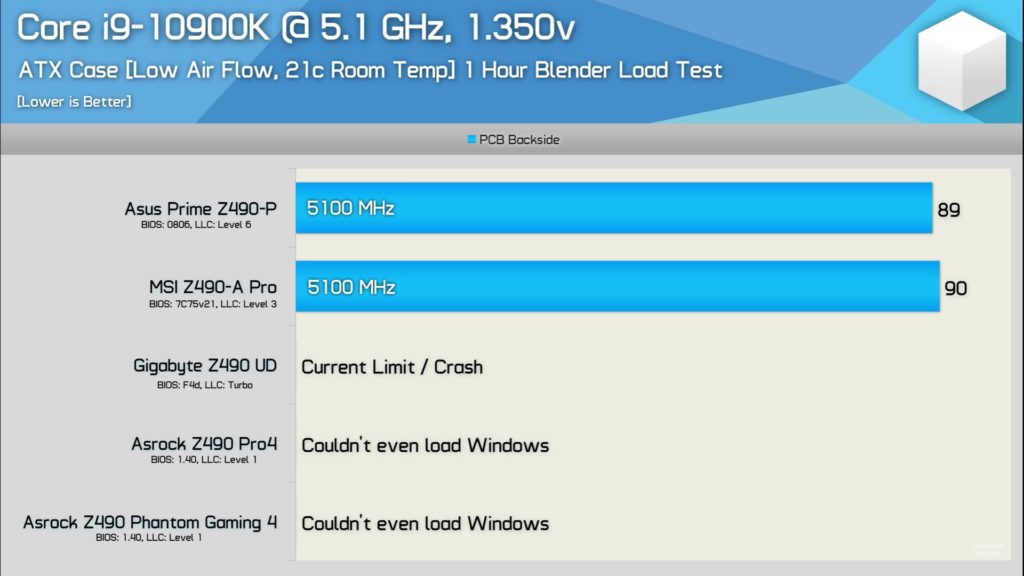
We now come to a more realistic use case scenario of these cheaper Z490 boards. The i5-10600K would be a more likely chip that one would pair with these boards and overclock the same. But unfortunately, the chipset can’t even maintain a conservative 5GHz all-core overclock.
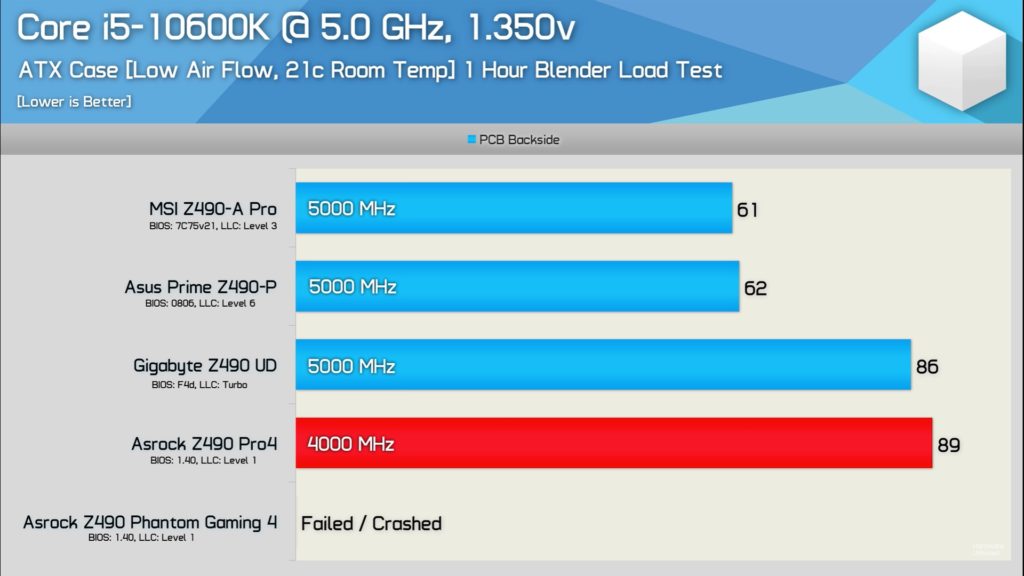
So one has to wonder who this MoBo is for if not for those who OC their CPUs. The ASRock boards make even less sense when you consider that Asus and MSI offerings cost a mere $10 higher. Those two MoBos are perfectly fine for the asking price of $160 but I would stay clear of ASRock’s Z490 chipset offerings at this price point.


